‘The War Is Not Over Yet’: Mashruk Ahmed tells of 1971's unsung heroines

"If only they knew how we fought, with our life and with our youth, with weapons and in life later on… I will fight more wars. I will keep fighting till death."
- Halima Parvin, Jessore
Entering the photo exhibition's gallery, white curtains gently swayed, displaying cyanotype prints of the portraits of Birangonas (Bangladeshi female freedom fighters), much like how their valiant stories have been hidden behind the curtains for far too long.
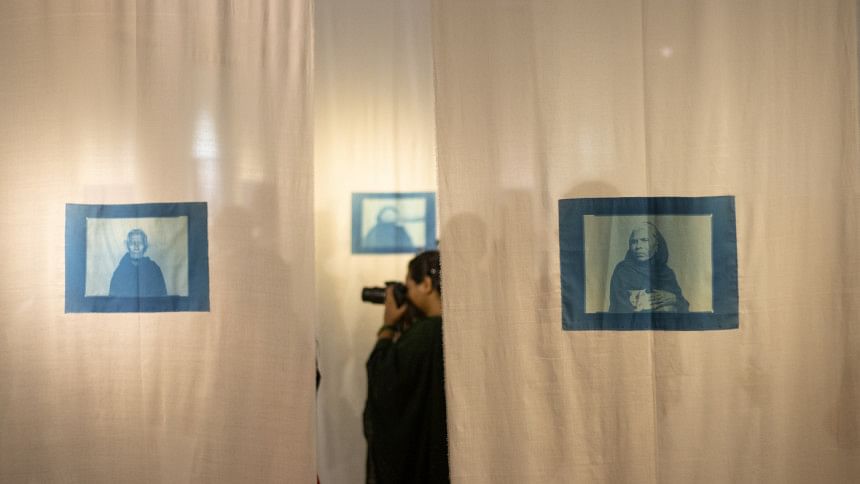
The aforesaid arrangement is regarding Mashruk Ahmed's exhibition, "The War Is Not Over Yet", which was inaugurated on June 21 at La Galerie, Alliance Française de Dhaka (AFD). It not only attempts to bring the war heroines' stories to the forefront but also enables an exploration of the places where each of their stories culminated. The exhibition, the photographer's first major work, tells the tale of 30 female freedom fighters of Bangladesh's Liberation War of 1971.
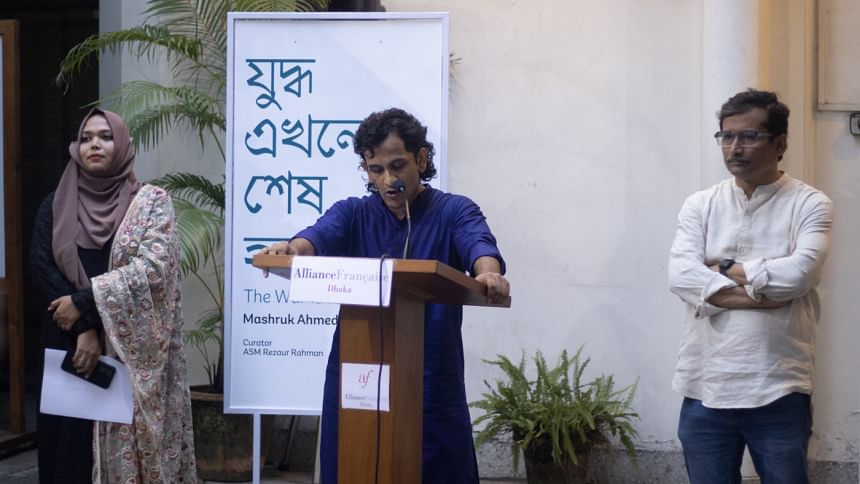
"Why, after so many years? Where were they all this time? Has anyone wondered how we have survived all these years? If I would have got the allowance before my sons died, I would have taken it. If I did not live this long, would you have given it? If I died, who would you have given it to? My ashes or the soil in my grave?"
-Rama Chowdhury, Chittagong
In monochrome photos, there is an intrinsic sadness juxtaposed with utmost dignity on each face of the women who lost everything during the Liberation War. Jubilant in portraits, prominently hued in blue, these photos of 30 brave women are accompanied by their oral testimonies, video footage, and written statements. A space at the heart of the gallery also features handwritten notes, letters, and photographs collected from the freedom fighters. Through their aching voices, one can hear the fearless accounts of many who are with us no more today.
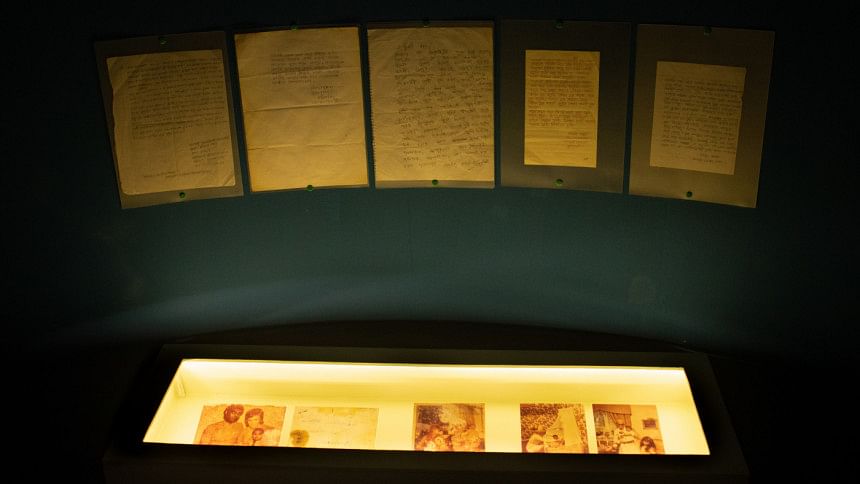
Mashruk Ahmed, the Bangladesh-based documentary photographer, completed this project in seven years for which he reached out to the female freedom fighters in person and visited each of the sites that the war heroines described in their stories. His objective was to take photographs of those places where it all happened in an attempt to reconstruct the memories for the audience. In the photo exhibition, colourful photos of those sites paint the walls beside the accounts of the incidents that took place at the locations Mashruk visited. He said, "After taking the photos, I realised each of these is a large story in itself. I, therefore, tried to make sure every individual's story is presented in the way they wished."
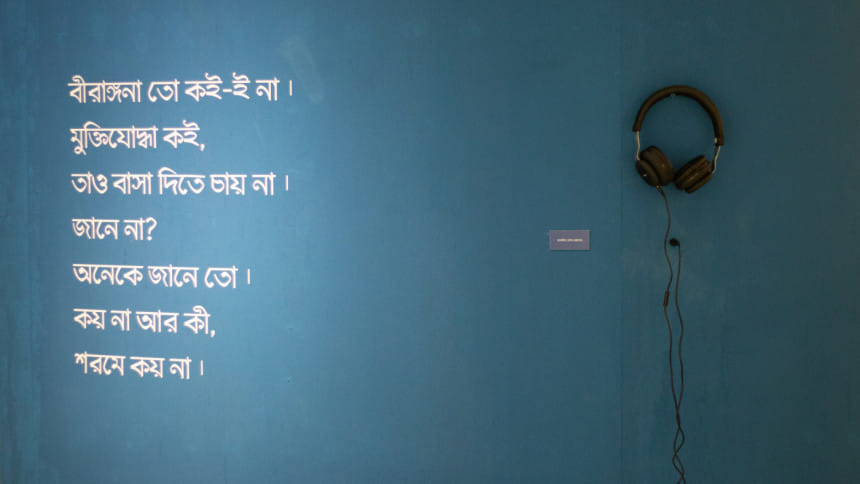
The inauguration ceremony of the exhibition was graced by numerous distinguished guests including writer, researcher, and trustee of Bangladesh Liberation War Musem, Mofidul Hoque; writer and associate professor of the Department of Political Science at Colgate University, Navine Murshid; photographer and founder of Counter Foto, Saiful Huq Omi; art collector and founder of Durjoy Bangladesh Foundation (DBF), Durjoy Rahman; and curator ASM Rezaur Rahman. Also present throughout the event was the director of Alliance Française de Dhaka, Francois Grosjean.
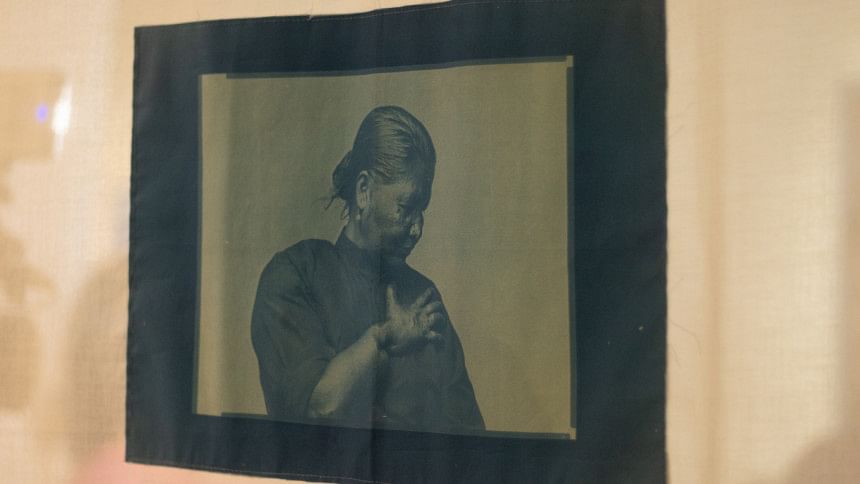
Saiful Huq Omi of Counter Foto, stated with pride, "Mashruk's courageous work is an example of how stories of past events can be told, especially those that people do not like to discuss." Durjoy Rahman also spoke on the need to inspire platform providers to enable artists to inspire a wider audience through their art.
"Before I die, I want to get my recognition. I believe, one day, this country's people would respect me and my family for my identity."
-Nurjahan Begum, Sirajganj
The voice of history has characteristically been told by men, about men, and rarely have women been brought up in mainstream discussions with due recognition. The title of Birangona or war heroines is one that was stigmatised and taken advantage of as well. Their war continues to this day; it is not over yet.

Navine Murshid, the only female guest on the panel, hence stressed the masculine narrative throughout the course of history. In a discomforting yet necessary conversation between rape victims and the patriarchy, a male curator has presented a male photographer's research on many women. She thereafter asked, "Would it have been a slightly different story if these were said to a female artist? Most of these stories are told in a certain way to a certain person. What Mashruk has done is put forward everything for the rest of the world to participate in and be a part of the interpretations that emerge from here.
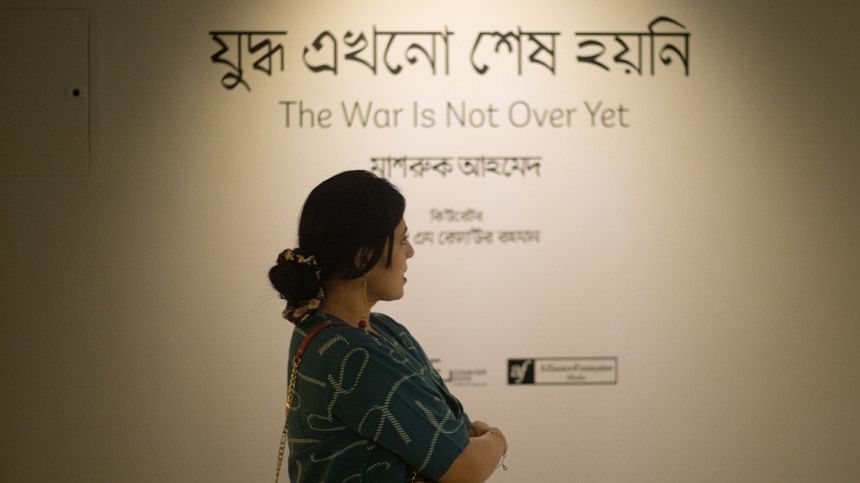
Mofidul Huq, Bangladesh Liberation War Museum trustee, described the exhibition as a silent experience for every spectator. He said, "Everyone who will see, listen, and read about these stories will be overcome with several questions in silence. This experience will prove to be thought-provoking for all while also helping to give a voice to the unheard."
"I could not tell my husband about all the torture due to fear. He would not have married me otherwise. There are many women who did not reveal their woes for fear of society's reaction. I know of many such women; they are all very good women."
-Samina Begum, Sirajganj
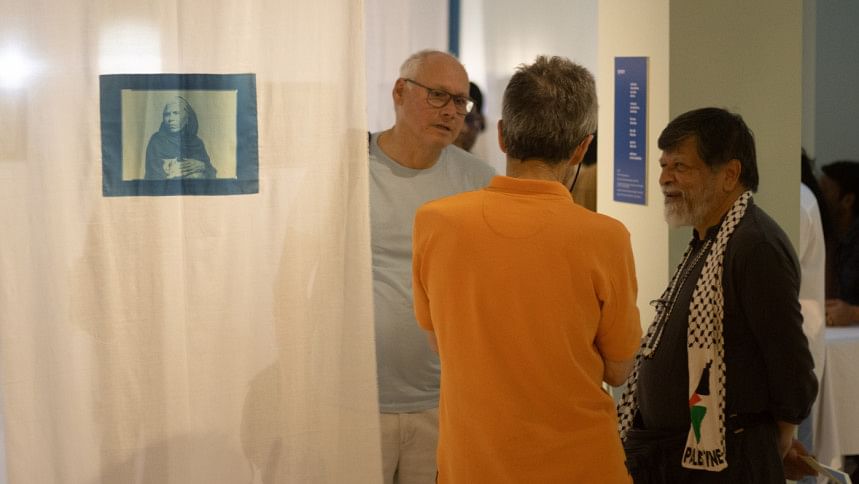
The exhibition was attended by a diverse crowd of all ages, including nationals, foreigners, and well-known personalities such as photojournalist Shahidul Alam. However, the center of all attraction were the stories themselves — the stories of women who endured inhumane torture and, as victims, were inspired to continue to liberate this country.
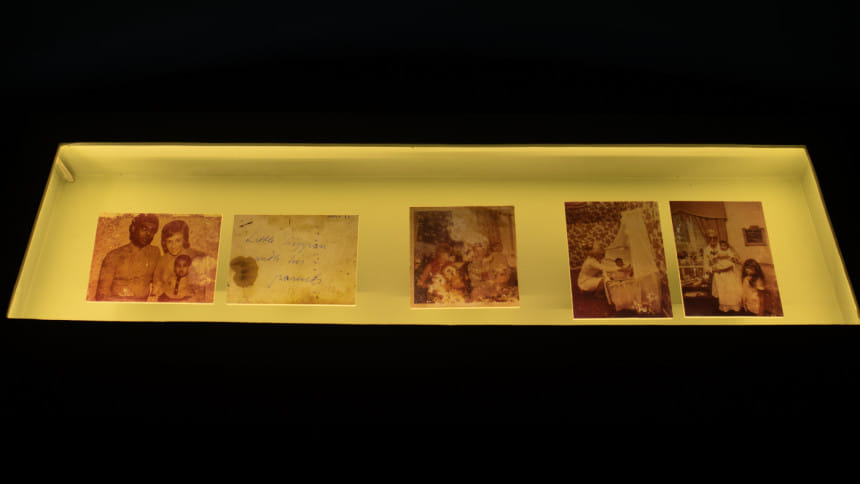
The research and dissemination are because of these women: Aklima Begum, who took her favorite dog Bhulu with her to listen to Sheikh Mujibur Rahman speak on March 7; Halima Parvin, who fled her home at 17 to take up arms; Maimuna Khatun, whose husband left while the Pakistani army raped her; Shamsun Nahar, who lived in the woods, helped freedom fighters with food, and punched a soldier in the face when attacked; Kakon Bibi, who spied as a beggar to gather intel and misled the military to save the Muktibahini; Kanchanmala, who returned to her house after independence to only be tortured and humiliated by her husband; Razia Khatun, accused of giving birth to a Pakistani child; Ferdousi Priyabhashini, the first woman to publicly take on the mantle of a Birangona; and many others whose stories remain unsung.

"I died in 1971. Now I do not fear death or anybody else. I take pride in introducing myself as a Birangona."
- Fatema Ali, Dhaka
The exhibition currently underway at La Galerie, Alliance Française de Dhaka (AFD), is supported by Durjoy Bangladesh Foundation, Counter Foto, and Alliance Française Dhaka. It will run until June 26 from 3pm to 9pm every day, except Sundays.

 For all latest news, follow The Daily Star's Google News channel.
For all latest news, follow The Daily Star's Google News channel. 


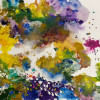
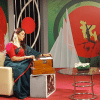
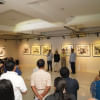



Comments